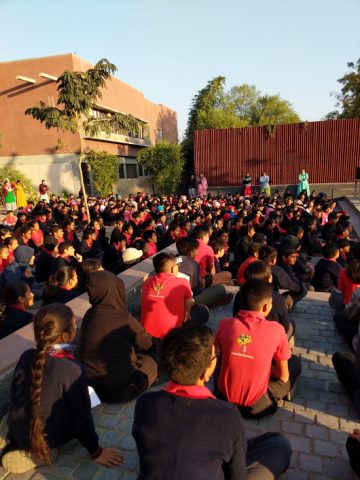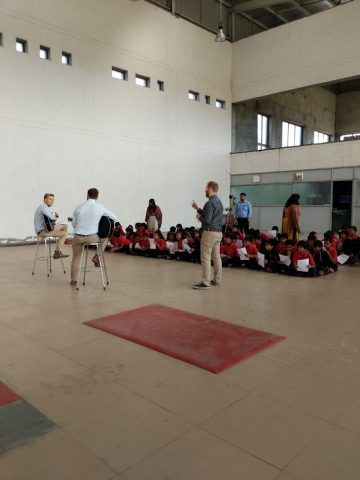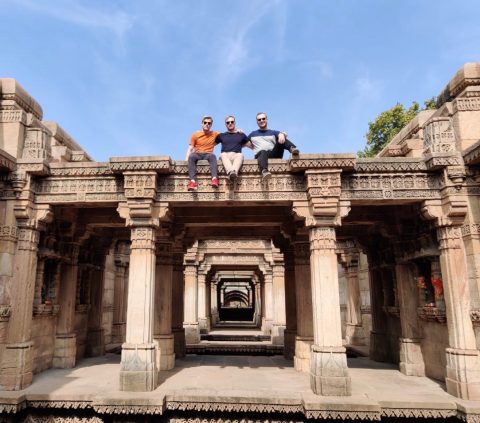Exploring Indian Schools and Exporting Finnish Education 1/2
This blog post is written by three Finnish Master´s Degree Programme in Teacher Education students who study at Tampere University in Finland. Learning Scoop made the internship possible by matching a great Indian school Redbricks Education Foundation with enthusiastic students from Tampere University. This is a blog post 1/2.
As a part of our Master’s studies we did a two-week internship in Indian city of Ahmedabad which was implemented in cooperation with Redbricks Education Foundation. First and foremost, we have to send big thanks to their organization for their hospitality. We genuinely think that they are doing remarkable job and their schools are excellent places for children! The foundation has many great values, ideologies and approaches but besides that the school staff and teachers are enthusiastic and highly qualified professionals who want to develop their schools and education in general.

Redbricks school has excellent learning environments and outdoor areas. This picture is from the school’s morning assembly.
During our stay we observed normal school days at Redbricks school, learned multiple things about Indian school system, organized workshops for teachers and students, and had several meetings with the teachers and key leaders of Redbricks Education Foundation. In addition, we also visited a few private and public schools to achieve wider understanding about Indian schools.
The internship was a real eye-opener for us, and we learned multiple new things about teaching, different education systems and also about life. If we must consider two biggest differences between the Finnish and Indian education systems, they are related to privatization of schools and teacher training programmes.
In India there are private, semi-private and public schools but moreover, there are several different curriculums to follow. Whilst in Finland, the majority of schools are public and all schools must follow the national curriculum. An Indian student with wealthier background can achieve better education at some private school than one who comes from a poorer family background. Thus, the Indian school system seemed relatively unequal from our perspective. The Finnish school system is based on equality and because of the high-quality training for teachers the level of teaching should be more or less equal in Finland. All teachers in Finland must have a Master’s degree in Education, whereas in India teacher training is much shorter. According to our knowledge gained from this experience most of the teachers in India have completed a Bachelor’s degree in education.

Picture from our music workshop for students.
Besides these broader differences mentioned above, the role of a teacher is completely different in terms of autonomy. It is a generally acknowledged view that Finnish teachers (and also schools) have much more professional autonomy than teachers in other countries. A teacher in Finland can make decisions about pedagogical solutions, lesson planning, teaching and assessment methods to name a few examples.
We found that a teacher in India has less freedom due to a stricter management structure from higher authorities. On top of this, it seemed like the pressure of good grades and standardized tests reduces teachers’ autonomy in Indian schools. Of course, every school and teacher want to give the best possible teaching and education to their students so they can achieve good learning results. That is one of the reasons behind strict management culture and one can find several examples of this sort of management in Indian schools. Maybe the most illustrating example of strict management culture is related to lesson planning. Carefully thought out unit and lesson plans are crucial part of high-quality teaching and we made some observations of this during our stay.
Read part 2/2.
Jere Riekkinen, Nestori Kilpi and Riku Oras
Master´s Degree Programme in Teacher Education Students
Tampere University

